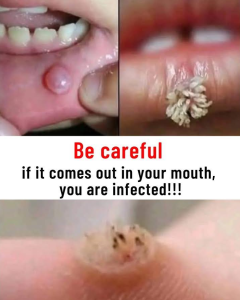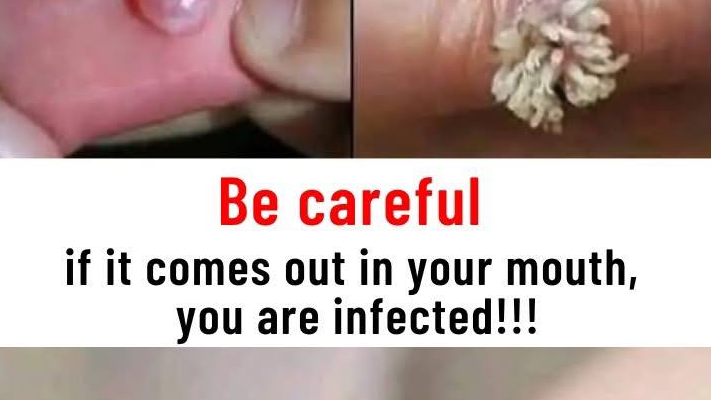TO BE VERY CAREFUL. If you get this, you are infected with… doomscrolling.
Sounds dramatic? Good — it should. Maybe you’ve laughed off the term, but doomscrolling is one of the most contagious and quietly destructive habits of the digital age. It sneaks up on you, works through social feeds and notification pings, and before you know it you’re hooked on a steady drip of anxiety, outrage, and despair. This is your 1,000-word wake-up call: what it looks like, why it spreads so fast, what it does to you, and — most importantly — how to fight back.
What “being infected” actually looks like
You’ll know you’ve caught it when your day begins and ends with your phone, and the news cycle sets the rhythm of your emotions. A few telltale symptoms:
-
You open apps to “check one thing” and lose an hour.
-
You skim headlines that spike your heart rate and keep refreshing the same story.
-
You feel irritable, helpless, or enraged more often than usual.
-
Sleep gets worse because your brain is still scrolling at 2 a.m.
-
You find yourself sharing sensational posts before you’ve verified them.
If that sounds like your last week, congratulations — you’ve been exposed.
Why this spreads faster than a cold
Doomscrolling is engineered. Social platforms reward engagement, not accuracy; outrage and alarm get more clicks, comments, and shares than calm explanation. Algorithms learn what keeps you glued and show you more of it. Add in the natural human bias toward negative information (negativity grabs our attention because it once helped with survival), and you have a perfect ecosystem for spread. On top of that, anxiety itself begets more checking: the more worried you are, the more you search for answers, and the more the platforms give you to worry about.
What it does — to your brain, body, and life
The effects are small at first, then cumulative and corrosive. Constant exposure to alarming content floods your nervous system with stress hormones. You may notice concentration problems, sleep disruption, low mood, and a creeping sense that the world is getting worse by the minute (even when big-picture indicators say otherwise). Relationships suffer because you’re distracted, defensive, or convinced you must broadcast every outrage. Decision-making dulls: when your baseline mood is anxious, long-term planning and rational thinking take a hit. And yes — it can worsen existing anxiety or depression, especially if social media becomes your primary way of staying informed.
It’s not just about “bad news” — it’s about HOW we consume it
There’s a difference between being informed and being submerged. Reading a thoughtful long-form article or listening to a balanced podcast takes effort but tends to inform without derailing your day. Doomscrolling, by contrast, treats information like fast food: cheap, instantly gratifying, and addictive. The stream favors bite-sized outrage and sensational visuals over nuanced context. That’s why people can feel smarter and more informed after scrolling — but actually be less capable of making sound judgments.
How to test whether you’re infected (a mini self-check)
Take a day and try this experiment: set a two-hour window where you don’t check news or social apps. If that idea fills you with dread or you find it impossible, you’re probably in the thick of it. Another quick check: track how many times you pick up your phone to “check something” and end up reading headlines for 10+ minutes. High numbers = infection.
A practical recovery plan (no judgment, just steps)
Recovery is about building small habits that interrupt the loop. Here’s a practical toolkit you can use immediately:
-
Notification triage: Turn off nonessential alerts. If your phone buzzes, it’s usually not a true emergency.
-
Scheduled checking: Limit news to two short sessions a day (e.g., 8–9 a.m. and 6–7 p.m.). Use a timer.
-
Follow quality, not noise: Replace feeds of outrage with a handful of reputable sources that prioritize context. Subscribe to one daily newsletter that summarizes the news calmly.
-
Replace scanning with reading: Swap 15 minutes of scrolling for a single long-read article or a balanced podcast episode. Depth reduces anxiety.
-
Digital hygiene rituals: Put your phone in another room for meals and before bed. No screens 30–60 minutes before sleep.
-
Move your body: Short walks or breathing exercises reduce stress hormones and break the scrolling impulse.
-
Fact-check before you forward: If something angers you enough to share, pause and verify. This cuts the contagion off at the source.
-
Community accountability: Tell a friend you’re cutting back and ask them to check in. Social norms change behavior.
When to get help
If limiting your news intake doesn’t help, or your anxiety/sleep problems worsen, don’t tough it out alone. Talk to a healthcare professional or therapist — especially if doomscrolling is fueling panic attacks, deep depression, or suicidal thoughts. This isn’t shameful; it’s treating a behavioral habit that has real physiological impacts.
The ethics of immunity: your role in slowing spread
Think of yourself as part of the public-health response to misinformation and outrage. Don’t sensationalize. Don’t pass along posts that peddle fear without evidence. If you feel the urge to click “share,” ask: does this informed, help, or simply inflame? Being careful isn’t censorship — it’s stewardship.
The upside: you can reclaim your attention
Here’s the good news: the habit is reversible. Attention is a muscle. The same brain that learned to crave doomscrolling can learn new rewards. You’ll find more time for hobbies, relationships, and depth. You’ll sleep better. Most importantly, you’ll notice that calm, informed engagement with the world feels a lot better than being on a perpetual alarm.
Final thought: treat it like a contagious habit, not a personal failure
We live in a hyperconnected era built to hook us. Getting infected is not a moral failing — it’s a natural response to the design of modern media. The wise move is to be careful, set boundaries, and use the tools above to pry yourself free. Consider this your prescription: scheduled checking, quality sources, digital fasting, and a commitment to compassion over outrage. If you do just that, you’ll recover faster than you think — and you’ll be the kind of person who helps others do the same.

